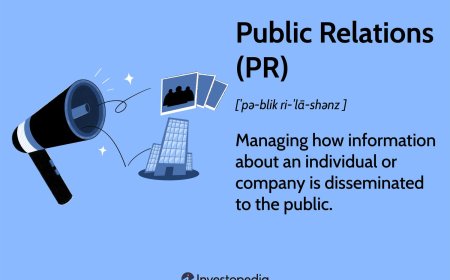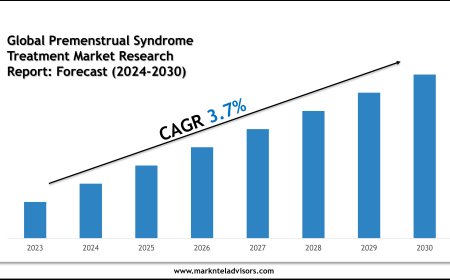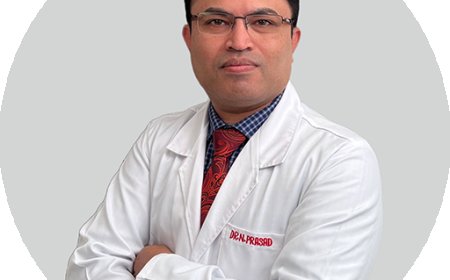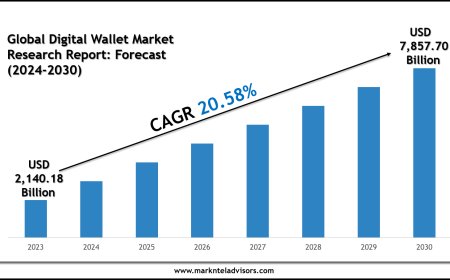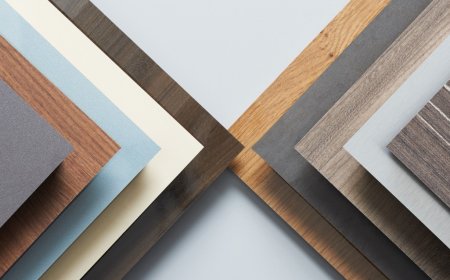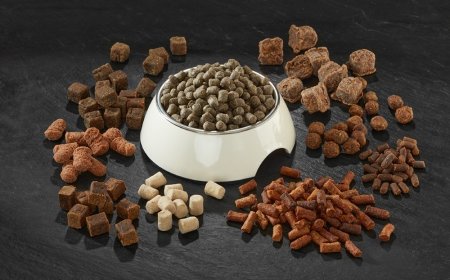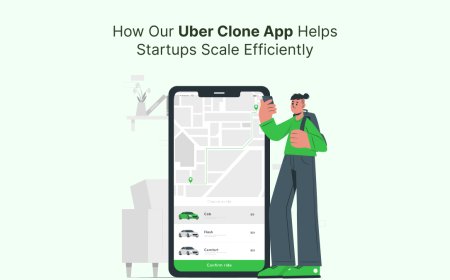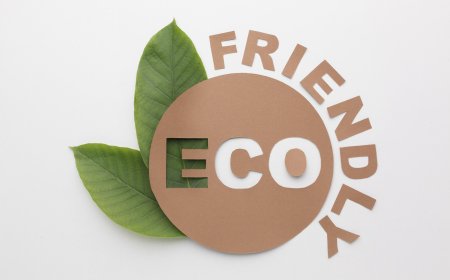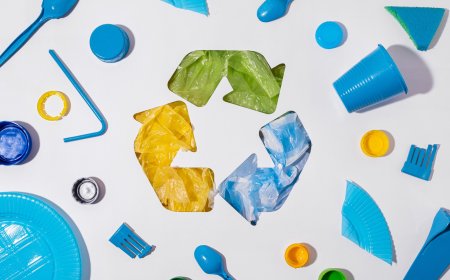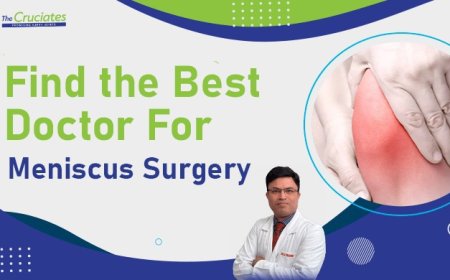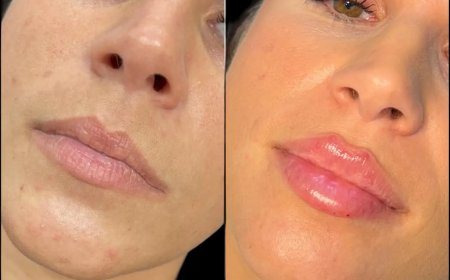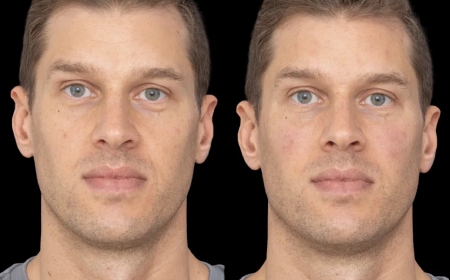EECP vs Chelation Therapy in India: Which Non-Invasive Heart Treatment is Right for You?
As heart disease rates continue to rise in India, more people are looking for non-invasive alternatives to bypass surgery and angioplasty. Among the available options, EECP (Enhanced External Counter Pulsation) and Chelation Therapy have gained popularity as effective, low-risk treatments.
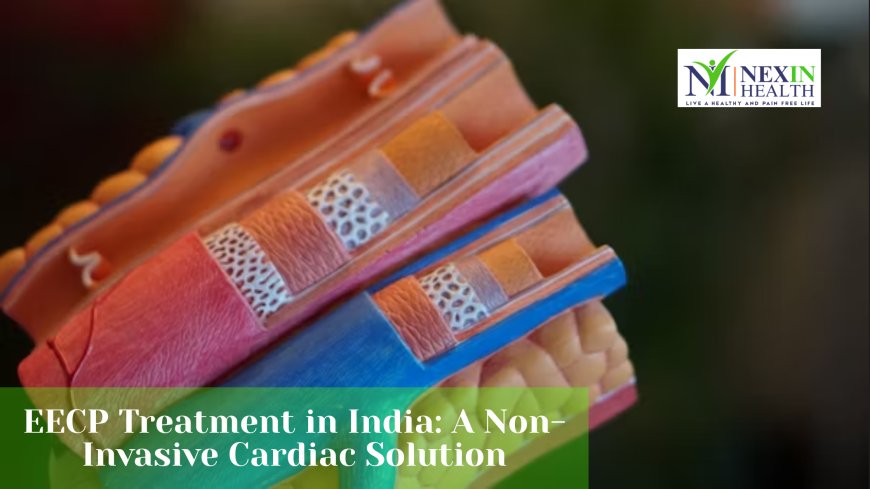
As heart disease rates continue to rise in India, more people are looking for non-invasive alternatives to bypass surgery and angioplasty. Among the available options, EECP (Enhanced External Counter Pulsation) and Chelation Therapy have gained popularity as effective, low-risk treatments.
But if you’re trying to choose between the two, it can be confusing. What’s the difference? Which is more effective? And most importantly—which one is right for you?
In this blog, we break down both therapies, compare their benefits and risks, and help you make an informed decision—especially if you're considering EECP treatment in India as part of your heart health journey.
Understanding EECP Therapy
What is EECP?
Enhanced External Counter Pulsation (EECP) is a non-surgical heart therapy designed to increase blood flow and reduce the symptoms of blocked arteries.
During EECP:
-
Cuffs are placed around your legs and thighs.
-
These cuffs inflate and deflate in sync with your heartbeat.
-
The therapy pushes blood back to your heart and stimulates natural bypasses.
-
Over time, your circulation improves, and chest pain (angina) is reduced.
Who Should Consider EECP?
EECP is suitable for:
-
People with stable angina or early heart disease
-
Patients who cannot undergo surgery
-
Individuals with poor exercise tolerance
-
Those looking for long-term non-invasive heart care
Understanding Chelation Therapy
What is Chelation Therapy?
Chelation Therapy involves injecting a solution—usually EDTA (Ethylenediaminetetraacetic acid)—into the bloodstream. This solution is believed to bind to metals, minerals, and calcium deposits, which are then removed from the body through urine.
It was originally developed to treat heavy metal poisoning but is now used by some practitioners for removing arterial plaque and improving circulation.
Who Uses Chelation Therapy?
It’s often marketed to:
-
Patients with mild to moderate heart disease
-
Individuals avoiding surgery
-
People looking to “detoxify” their blood vessels
Note: Chelation therapy for heart disease remains controversial in mainstream medicine. Not all cardiologists recommend it.
Comparing EECP and Chelation Therapy
|
Feature |
EECP Therapy |
Chelation Therapy |
|
Invasiveness |
Non-invasive, external cuffs |
Minimally invasive (IV drip) |
|
Mechanism |
Improves blood flow by enhancing circulation and forming natural bypasses |
Claims to remove plaque and toxins from blood vessels |
|
Duration |
1 hour per session, usually 35 sessions |
1.5 to 3 hours per session, 20–40 sessions |
|
Safety |
Widely accepted, FDA-approved |
Less standardized, mixed evidence |
|
Scientific Backing |
Strong clinical support |
Limited and controversial studies |
|
Side Effects |
Very few, generally safe |
Can include kidney strain, low blood calcium, allergic reactions |
|
Best For |
Angina, heart failure, post-stent/bypass recovery |
Claimed benefit in circulation issues, but evidence varies |
Clinical Acceptance in India
EECP in India
EECP has been adopted by several hospitals and cardiac care centers across India. With rising awareness, more people now turn to EECP treatment in India for:
-
Reversing early-stage heart disease
-
Managing symptoms post-angioplasty
-
Reducing medication dependency
-
Avoiding surgery
It is recognized by cardiologists, backed by guidelines, and approved by global authorities like the US FDA.
Chelation in India
Chelation therapy is offered mainly by alternative medicine clinics. While some patients report improvement, scientific evidence remains weak, and most heart specialists do not recommend it as a primary option for cardiac patients.
Which One is More Effective?
Effectiveness of EECP
EECP has:
-
Shown a 90%+ improvement rate in angina and fatigue
-
Proven to increase exercise tolerance
-
Helped avoid surgery in thousands of patients
-
Been clinically validated in major cardiac studies
It addresses the core problem: reduced blood flow to the heart.
Effectiveness of Chelation
Some patients claim reduced symptoms. A few small studies suggest possible improvement, but:
-
Larger studies show mixed or unclear results
-
Chelation does not directly improve circulation
-
It does not stimulate bypass formation
Safety Comparison
EECP:
-
No drugs involved
-
No anesthesia, no surgery
-
Monitored by trained technicians
-
Safe for elderly and diabetics
-
No recovery time required
Chelation Therapy:
-
Involves IV infusions of chemicals
-
Can cause side effects like low calcium, kidney strain, fatigue
-
Requires close monitoring of kidney function
-
Not advised for patients with kidney or liver problems
Real-Life Example: EECP at Nexin Health
Ravi, 43, from Pune, had 40% blockage and was told to consider angioplasty. Instead, he went to Nexin Health for EECP:
-
35 sessions over 7 weeks
-
Chest pain disappeared
-
Energy levels improved
-
No surgery needed
EECP gave him his normal life back—without cutting, pain, or high cost.
Cost Comparison
-
EECP: Generally more cost-effective. Full treatment at many Indian centers (like Nexin Health) is affordable with EMI and insurance options.
-
Chelation: Can be more expensive over time due to longer sessions, multiple cycles, and repeated blood tests.
When Should You Choose EECP?
Choose EECP if you:
-
Have stable heart disease or angina
-
Are unfit for surgery
-
Want to reduce medication or improve quality of life
-
Are recovering from bypass or stent procedures
-
Want a proven, doctor-recommended option
When to Be Cautious About Chelation
Chelation might appeal if:
-
You are specifically detoxing from metal exposure
-
You are exploring alternative therapies under close guidance
But for heart disease, it's best to first consider options like EECP that are:
-
Scientifically proven
-
Widely practiced in cardiology
-
Supported by decades of data
Conclusion
Heart disease is serious, but that doesn’t always mean surgery is your only option. Non-invasive therapies like EECP offer a powerful, safe, and science-backed path to recovery—especially when started early.
While Chelation Therapy is available in India and may help in certain detox scenarios, its role in treating heart disease is still debated.
If you're facing chest pain, fatigue, or diagnosed blockages and want a safe, proven, non-surgical solution, EECP treatment in India with centers like Nexin Health might be the right choice.
Always consult your cardiologist and seek second opinions before committing to any therapy.
Frequently Asked Questions (FAQs)
1. Can I combine EECP and Chelation therapy?
In rare cases, patients explore both. However, it’s crucial to consult your cardiologist and not self-medicate. EECP alone is often effective for heart symptoms.
2. Is EECP therapy painful or uncomfortable?
No. EECP is non-invasive and painless. You lie down while air cuffs inflate and deflate around your legs. Most patients find it relaxing.
3. How many sessions are needed for EECP?
Typically, 35 sessions of 1 hour each, spread over 6 to 7 weeks. Results often start appearing by the second week.
4. Is Chelation therapy approved by cardiologists?
Chelation therapy is not widely accepted by cardiologists as a standard heart treatment. EECP, on the other hand, is recognized and backed by solid research.
5. Where can I take EECP therapy in India?
You can receive EECP at certified heart centers like Nexin Health, which offer safe, affordable, and personalized care across multiple cities.



